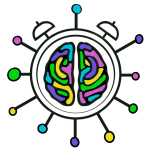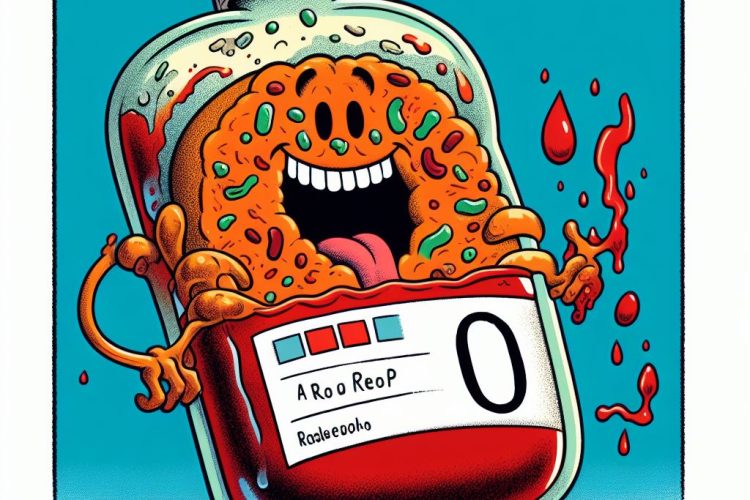The evidence for the universal usefulness of improv comes from my Google Alert. It’s is set for the term “improv.”
One day, I’ll read about improv’s role in a business leadership class. Another day, it’s about how teens on the autism spectrum use it to learn communication skills. I’ve also learned that caregivers are encouraged to use improv with dementia patients.
It’s certainly eye-opening to see how a simple set of games has been rebranded as the Swiss Army Knife of life-skills curricula. How can something so ephemeral be so functional in such disparate arenas? What’s the common denominator that makes Applied Improv relevant for everyone? Can something be a jack-of-all-trades AND master of them too?
The PAT Equation- Taking Improv Skills into the Real World.
Three transferable qualities improvisers develop are presence, acceptance and trust (PAT). Success in Improv requires the ability to:
- stay in the “now,” (P for Present),
- deal with what you get rather than what you want (A for Acceptance), and
- rely on a process you don’t have control over (T is for Trust).
Improvisers learn how to act on things they can control and let go of things they can’t. This practice, carried out of the improv class. changes the way improvisers show up in the world.
In a very real way, improv practice trains us to treat life as if it were an improv rehearsal. Switch the words “life” and “Improv” in the previous sentence. Improv is life rehearsal! That helps us answer the question “how can Applied Improv be useful for so many different purposes?”
What’s your answer?

